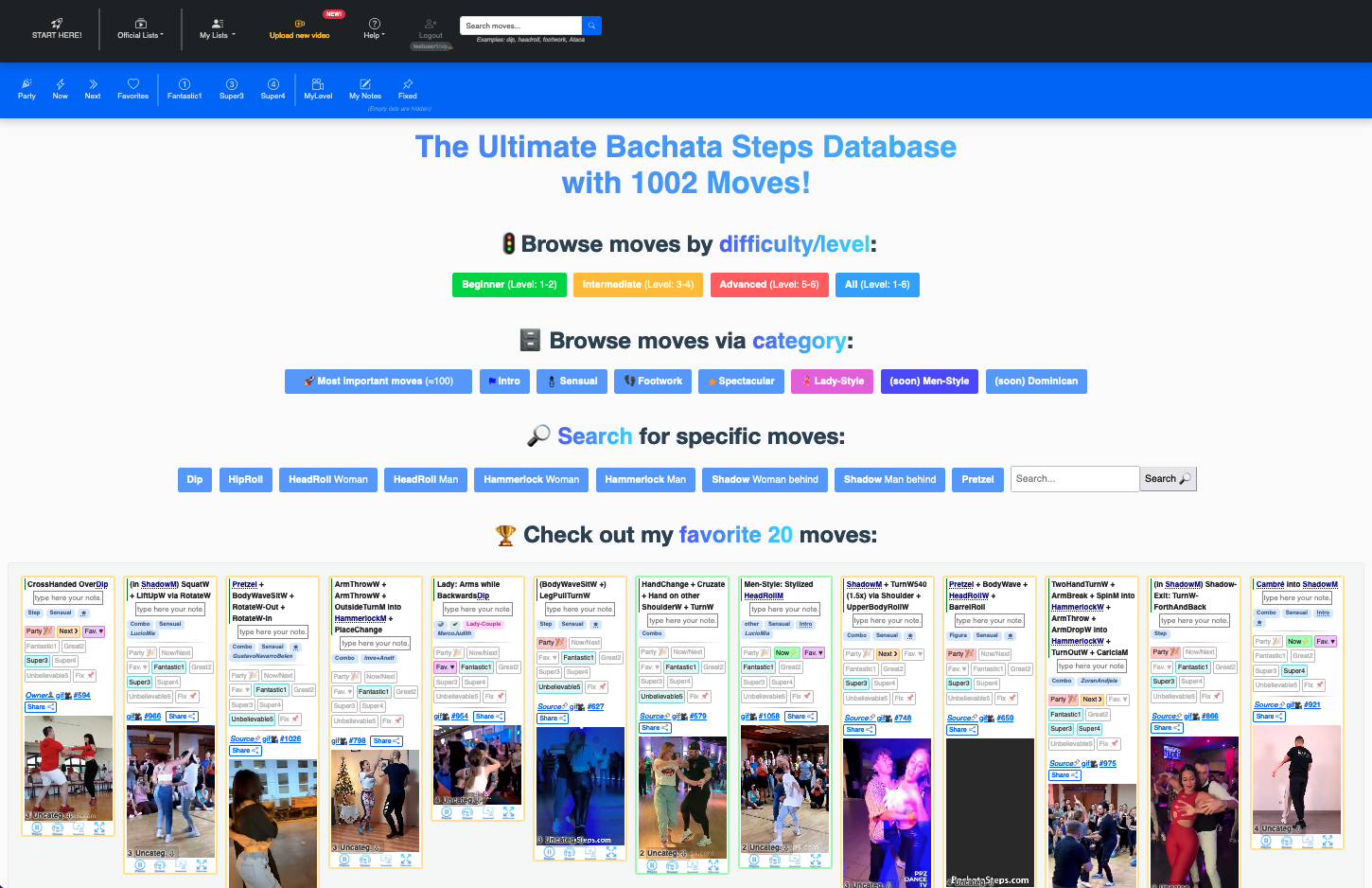Bachata, a lively and sensual dance originating from the Dominican Republic, has gained immense popularity worldwide. As an essential component of Dominican culture, Bachata dance transcends boundaries and invites enthusiasts from all corners of the globe to embrace its infectious rhythms. This article delves into the rich history, cultural significance, basic steps, and evolving nature of Dominican Bachata Dance. Embark on a journey through the vibrant and passionate world of this captivating dance form, as we uncover the allure of Dominican Bachata.
1. Historical Background of Bachata Dance
1.1 Origins and Antecedents
Bachata's roots can be traced back to the late 19th century in the rural areas of the Dominican Republic. Derived from Bolero music, African rhythms, and Cuban son, Bachata emerged as an expressive dance form illustrating the everyday struggles, love, heartbreak, and joys experienced by the working class.
1.2 Evolution and Popularization
Initially considered "music of the brothels," Bachata faced marginalization and discrimination until the 1960s. However, with the efforts of prominent Dominican artists like José Manuel Calderón, Bachata gradually shed its stigma and transformed into a celebrated genre. The emergence of Bachata stars such as Blas Durán, Luis Vargas, and Antony Santos further propelled its popularity beyond Dominican borders.
2. Cultural Significance of Bachata Dance
2.1 Social Commentary
Bachata serves as a vehicle for social commentary, reflecting the aspirations and frustrations of marginalized communities. The raw lyrics and passionate movements of Bachata dancers highlight societal issues, poverty, and the complexity of human emotions, allowing audiences to connect at an emotional level.
2.2 Identity and National Pride
Dominican Bachata Dance plays a pivotal role in defining Dominican identity and preserving cultural heritage. It serves as a symbol of pride, strengthening the bond among Dominicans both at home and abroad. The dance forms an integral part of celebrations, festivals, and gatherings, reinforcing the shared experience and collective memory of the Dominican people.
3. Basic Steps and Techniques
3.1 Traditional Bachata Dance
Traditional Bachata dance generally involves subtle hip movements, fluid footwork, and sensual partnering. The basic steps consist of a side-to-side movement, complemented by syncopated footwork and rhythmic accents. Variations include closed position, open position, and sensual dips and turns.
3.2 Modern Bachata Dance
Over time, Bachata has evolved into various styles, with its most prominent branches being "Dominican" and "Modern" Bachata. Modern Bachata incorporates influences from other dance styles like salsa and tango, featuring more complex footwork, intricate turns, and elaborate choreography. The fusion of traditional and modern elements has contributed to the dynamic and ever-evolving nature of Bachata dance.
4. Impact on Popular Culture
4.1 The Rise of Bachata Music
Bachata's rise in popularity led to its integration into mainstream music. Artists such as Juan Luis Guerra and Romeo Santos helped bridge the gap between traditional and modern Bachata, propelling the genre to the forefront of the music industry. Bachata's vibrant melodies and heartfelt lyrics resonate with diverse audiences globally.
4.2 International Dance Community
As Bachata gained global recognition, an international dance community emerged, creating a platform for enthusiasts to connect, learn, and share their passion for the dance. Dance fesivals, workshops, and competitions dedicated to Bachata foster cross-cultural exchange, creativity, and innovation.
5. Challenges and Future Developments
5.1 Changing Dynamics
The popularity of Bachata has created a demand for innovation and a recalibration of traditional techniques. As international influences infiltrate its core, purists question whether the essence of Dominican Bachata is being diluted. However, this fusion also opens doors to endless possibilities and new expressions within the dance.
5.2 The Quest for Authenticity
Simultaneously, a quest for authenticity blossoms, with a revival of traditional Bachata emphasizing the importance of preserving the roots and cultural context of the dance. Revivalists strive to maintain the cultural integrity of Dominican Bachata while embracing its evolution.
Conclusion
Dominican Bachata Dance serves as a cultural treasure embodying the spirit of the Dominican Republic. From its humble origins to its global recognition, Bachata dance has captivated audiences with its infectious rhythms, deep-rooted emotions, and expressive movements. As the dance continues to evolve, it is essential to honor its historical roots while embracing the waves of innovation. Dominican Bachata's enduring legacy rests on the shoulders of passionate practitioners and enthusiasts who preserve its cultural significance for generations to come.


